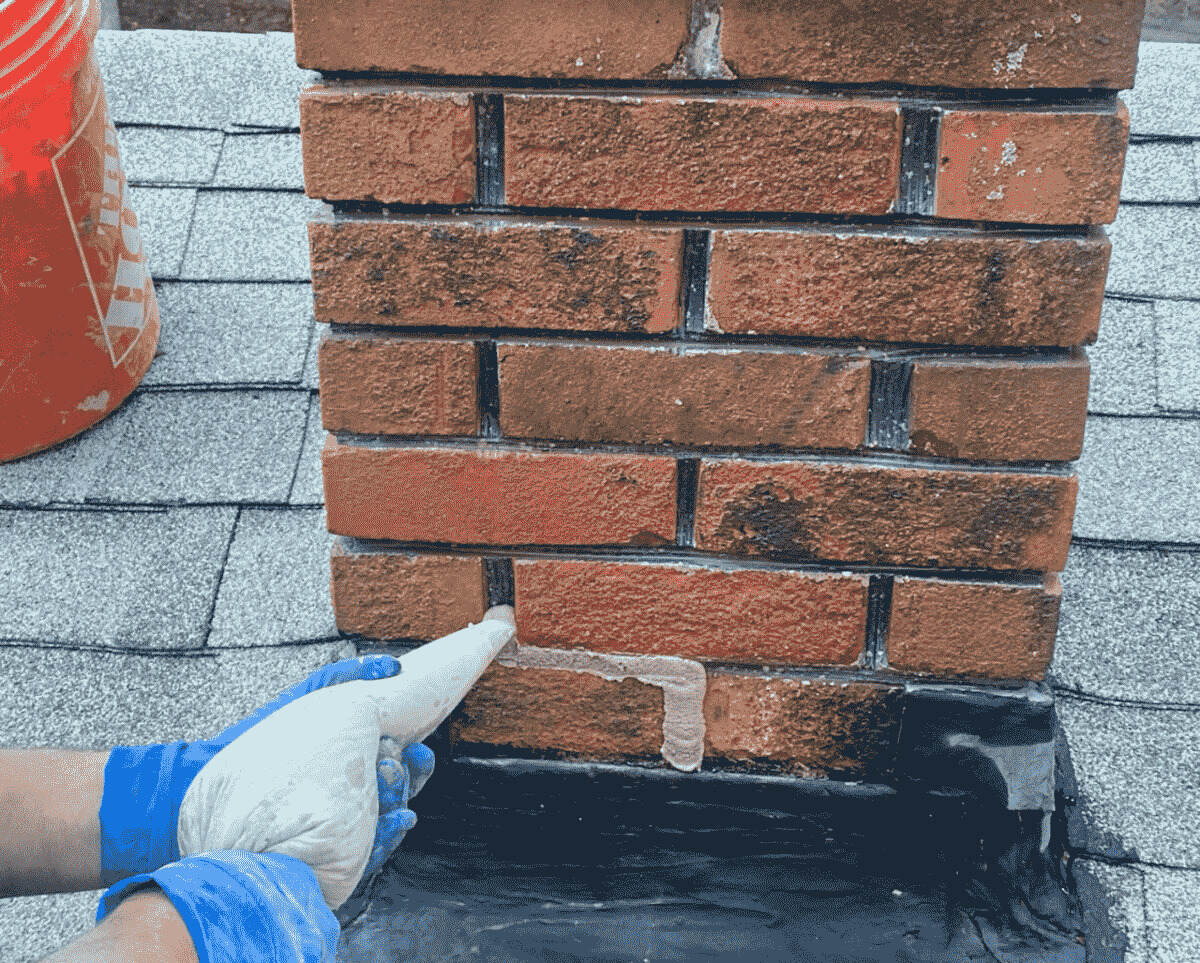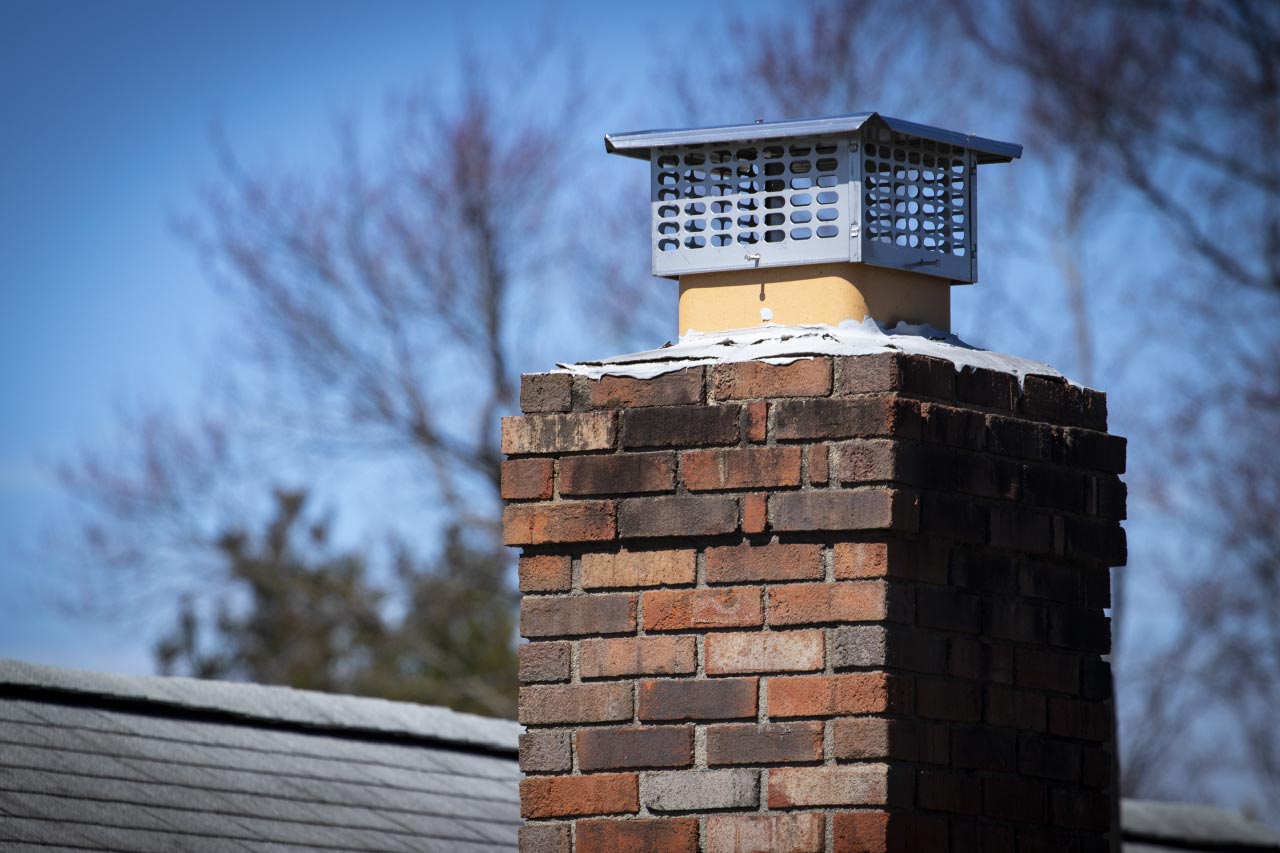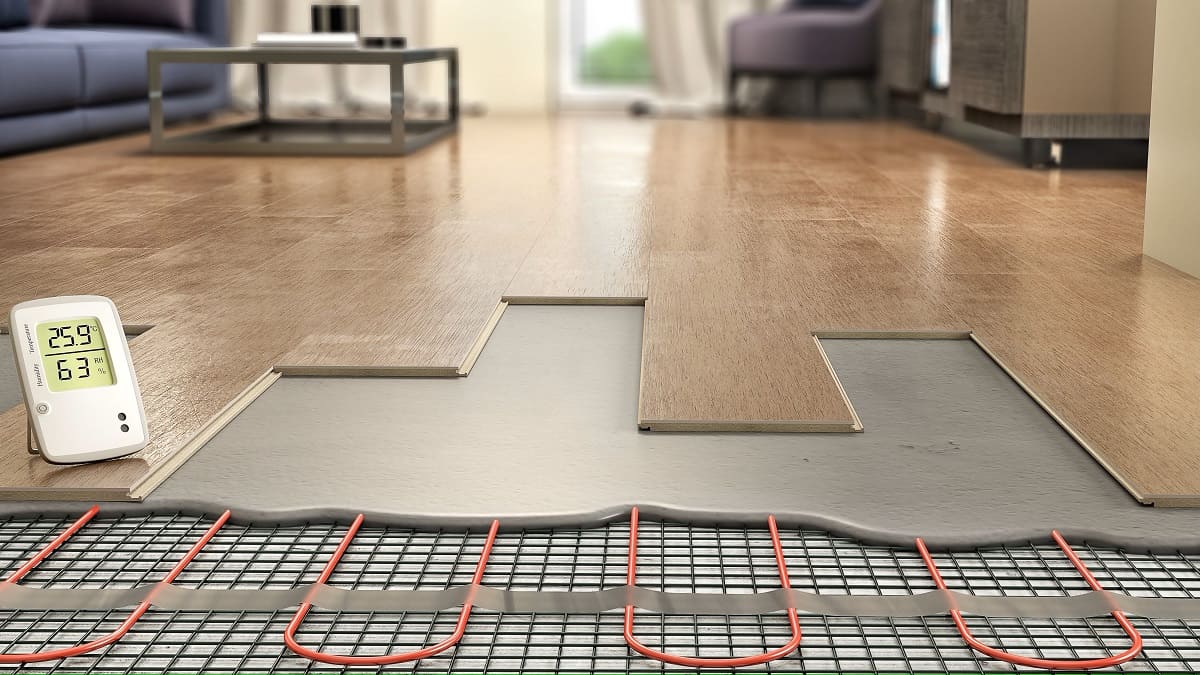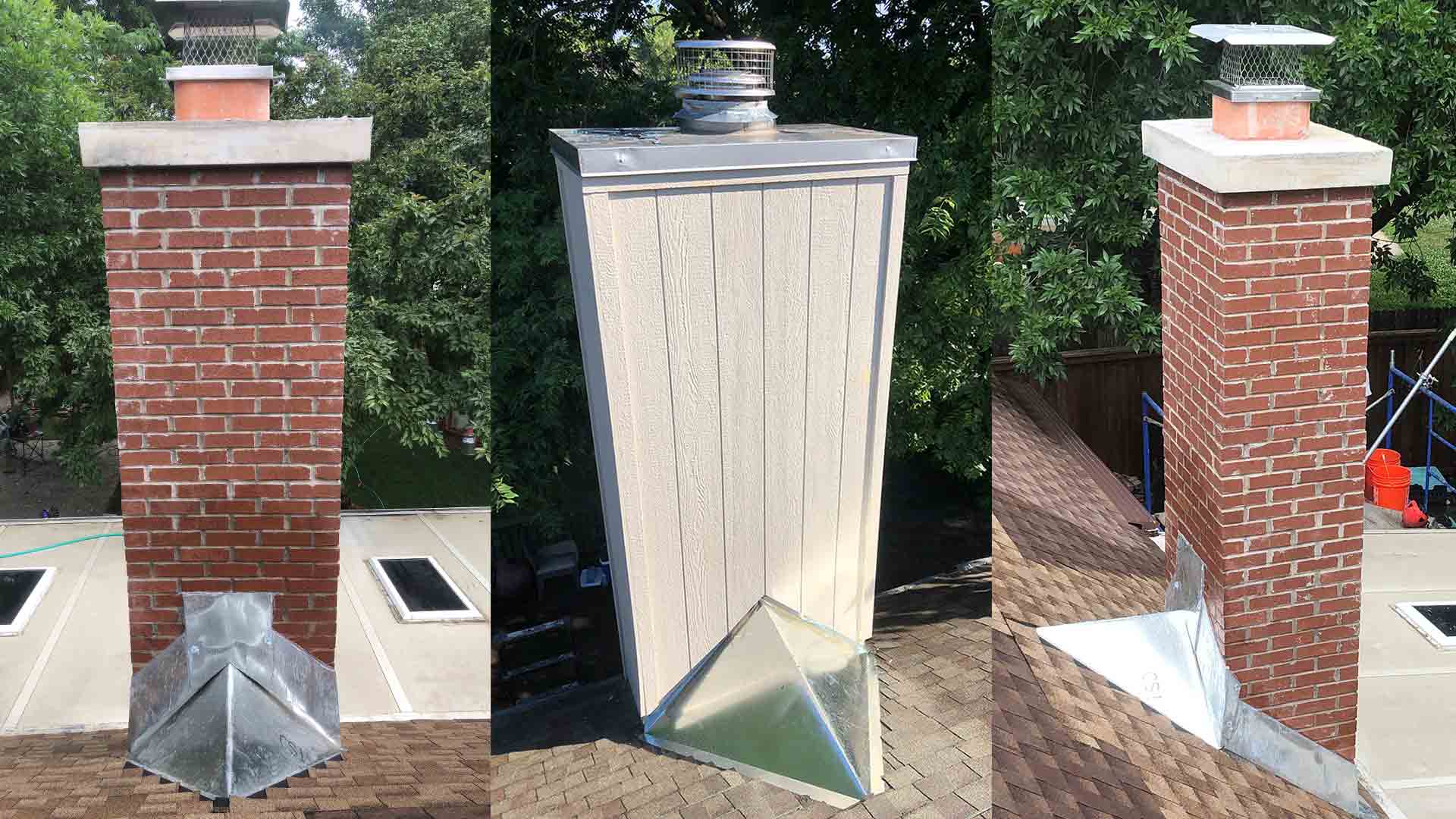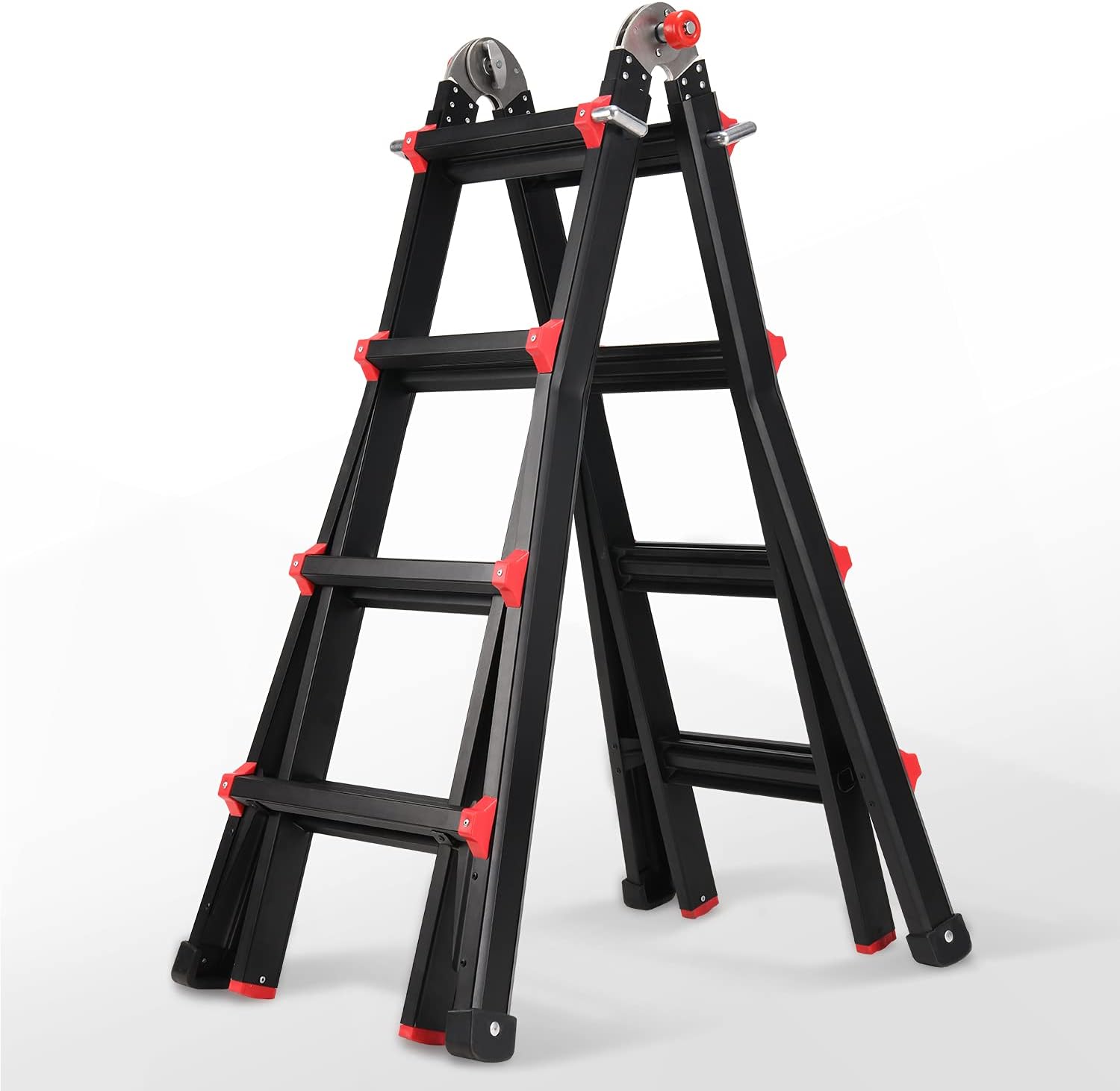Home>Home Maintenance>How Much Does Radiator Repair Cost
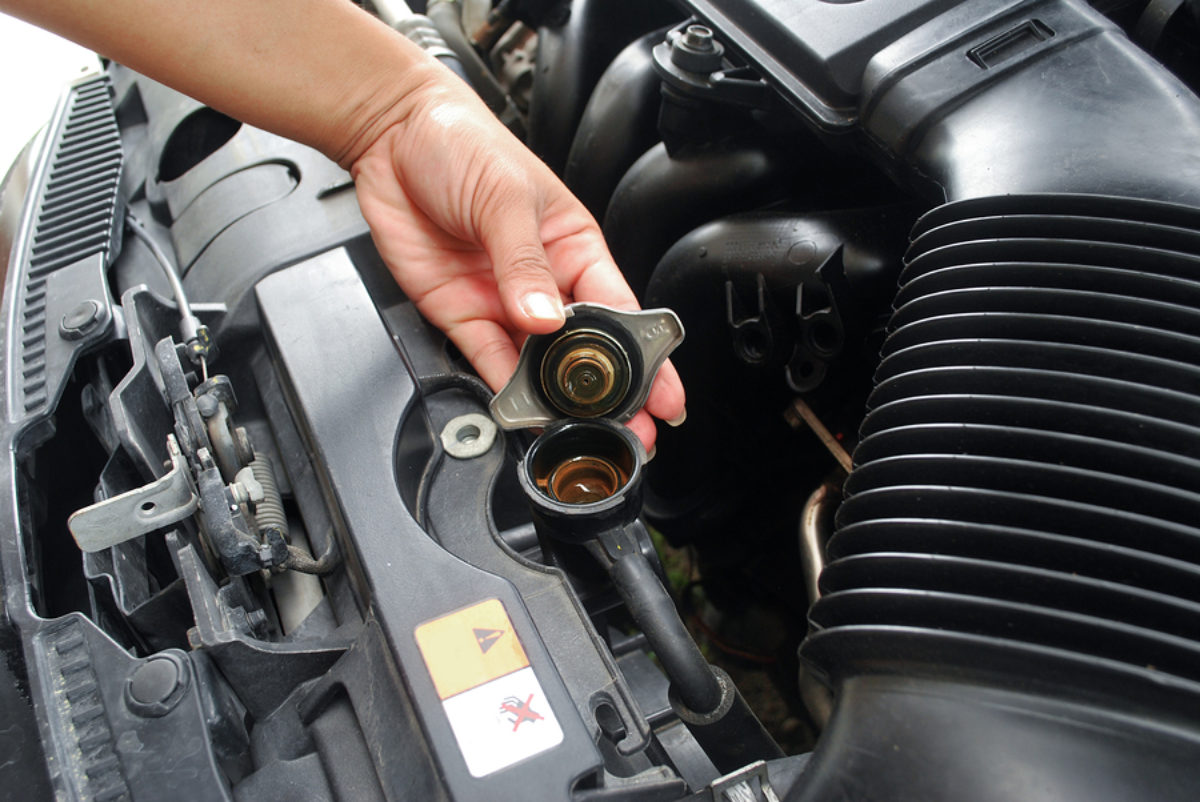

Home Maintenance
How Much Does Radiator Repair Cost
Modified: March 6, 2024
Discover the average cost of radiator repair for your home maintenance needs. Get expert tips and advice on how to save on radiator repairs.
(Many of the links in this article redirect to a specific reviewed product. Your purchase of these products through affiliate links helps to generate commission for Storables.com, at no extra cost. Learn more)
Introduction
Having a properly functioning radiator is essential for maintaining the optimal performance and longevity of your vehicle’s engine. Over time, radiators can develop issues, such as leaks, clogs, or damaged fins, that require repair or replacement. However, before you can make an informed decision about radiator repairs, it’s important to understand the factors that can affect the cost.
In this article, we will explore the various factors that can impact the cost of radiator repairs, common radiator problems and their associated repairs, average repair costs, the difference between do-it-yourself (DIY) and professional repairs, and some helpful tips for saving money on radiator repairs.
Whether you’re a car enthusiast or simply want to keep your vehicle on the road, this comprehensive guide will provide you with the knowledge you need to navigate the world of radiator repairs and make informed decisions regarding your budget.
Key Takeaways:
- Radiator repair costs vary based on factors like the type of repair, vehicle make/model, and labor charges. Promptly addressing common radiator problems can prevent costly repairs in the long run.
- Consider DIY repairs to save on labor costs, but ensure you have the expertise and tools. Professional repairs offer expertise, warranties, and convenience, but may come with higher labor costs.
Read more: How Much Does It Cost To Clean A Chimney
Factors Affecting Radiator Repair Costs
The cost of radiator repairs can vary greatly depending on a number of factors. Understanding these factors can help you assess why the repair costs may differ from one vehicle to another or from one repair shop to another.
- Type of Repair: The specific issue with the radiator will significantly influence the repair cost. Common problems include leaks, clogs, damaged fins, or a faulty thermostat. Each of these repairs requires different parts and labor, thus affecting the overall cost.
- Vehicle Make and Model: The make and model of your vehicle can impact the cost of radiator repairs. Some vehicles may have more complex cooling systems or require specialized parts, resulting in higher repair costs.
- Quality of Replacement Parts: The quality of replacement parts used for the repair will influence the cost. Opting for original equipment manufacturer (OEM) parts may be more expensive than aftermarket alternatives, but it can ensure higher quality and compatibility.
- Labor Charges: The labor charges can vary between different repair shops or mechanics. Factors such as location and expertise can affect the hourly rate charged for the repair service.
- Diagnostic Fees: Some repair shops may charge a diagnostic fee to identify the specific issue with the radiator. This fee is often waived if you proceed with the repairs, but it is important to inquire about any additional charges before authorizing the repair work.
- Additional Repairs: The overall cost of radiator repairs can also be influenced by any additional repair work that may be required. For example, if a leaking radiator has caused damage to other components of the cooling system, such as the water pump or hoses, the cost will increase to cover these additional repairs.
It’s important to keep in mind that these factors are not exhaustive, and there may be other variables that can impact the cost of radiator repairs. It is always recommended to consult with a qualified mechanic or repair shop to get an accurate estimate for your specific situation.
Common Radiator Problems and Repairs
Understanding the common radiator problems that can occur in your vehicle can help you identify potential issues and take prompt action to resolve them. Here are some of the most common radiator problems and their associated repairs:
- Leaking Radiator: One of the most common issues is a leaking radiator. This can occur due to corrosion, damage from road debris, or worn-out gaskets. The repair involves identifying the source of the leak and either patching it up or replacing the radiator.
- Coolant Contamination: If there is oil or other contaminants in your radiator, it can lead to reduced cooling efficiency. This problem is often caused by a damaged head gasket or cracked engine block. The repair involves diagnosing the source of the contamination and addressing it, which may require replacing the affected component.
- Clogged Radiator: Over time, debris, rust, and sediment can build up in the radiator, leading to restricted coolant flow. This can result in overheating and engine damage. The repair involves flushing the radiator and sometimes using a specialized cleaning solution to remove the clog.
- Damaged Fins: The thin metal fins around the radiator can get bent or damaged, hindering the airflow and reducing cooling efficiency. The repair involves straightening or replacing the damaged fins to restore optimal airflow.
- Faulty Thermostat: A malfunctioning thermostat can lead to erratic engine temperature readings or cause the engine to overheat. The repair involves replacing the thermostat to ensure proper engine cooling.
It’s essential to address these radiator problems promptly to prevent further damage to your vehicle’s cooling system. Ignoring these issues can lead to engine overheating, reduced fuel efficiency, and costly repairs in the long run.
Average Cost of Radiator Repairs
The cost of radiator repairs can vary depending on the factors mentioned earlier, such as the type of repair needed, the make and model of your vehicle, and the labor charges. Here are some average cost ranges for common radiator repairs:
- Radiator Replacement: The cost of replacing a radiator can range from $300 to $900, depending on the vehicle’s make and model, as well as the quality of the replacement part. This cost includes both the parts and labor.
- Leak Repair: Repairing a radiator leak can cost anywhere from $100 to $300, again depending on the severity of the leak and the parts needed for the repair. The cost may also vary based on the location of the leak and whether it can be fixed by patching or if a replacement is necessary.
- Coolant Flush: A coolant flush, which involves flushing out and replacing the old coolant, typically costs between $70 and $150. This cost can vary based on the type of coolant used and any additional repairs or maintenance tasks performed during the flush.
- Thermostat Replacement: The cost of replacing a faulty thermostat can range from $150 to $300, including parts and labor. The actual cost will depend on the make and model of your vehicle and the availability of the replacement part.
- Fan Motor Replacement: If your radiator fan motor needs to be replaced, the cost can range from $200 to $500, depending on the vehicle and the difficulty of accessing the motor. Some vehicles have more complex cooling systems, requiring more labor-intensive repairs.
It’s important to note that these are average cost ranges and that actual repair prices may vary. Additionally, prices can fluctuate based on location, the repair shop’s rates, and the availability of parts. It’s always advisable to get multiple quotes and compare the estimates to ensure you’re getting a fair price for the repairs needed.
It’s important to get multiple quotes for radiator repair as costs can vary. Factors like the type of car, the extent of the damage, and the location of the repair shop can all impact the final cost.
DIY vs Professional Repair Costs
When it comes to radiator repairs, you have the option of tackling the job yourself (DIY) or taking your vehicle to a professional repair shop. Both options have their advantages and considerations, including cost.
DIY (Do-It-Yourself) Repairs:
One of the main reasons people choose to DIY radiator repairs is to save money. By performing the repairs yourself, you can avoid the labor costs associated with professional repairs. However, it’s important to consider the following factors:
- Expertise and Experience: Radiator repairs can be complex, and if you don’t have the required technical knowledge or experience, you could end up making costly mistakes or not properly addressing the issue. It’s essential to be confident in your abilities before attempting DIY repairs.
- Tools and Equipment: DIY repairs may require specialized tools and equipment that you may not have on hand. Purchasing or renting these tools can add to the overall cost, making DIY repairs less cost-effective.
- Time and Effort: Radiator repairs can be time-consuming, especially if you’re not familiar with the process. Consider the value of your time and whether it’s worth investing in DIY repairs.
Professional Repairs:
While professional repairs may come with a higher price tag due to labor costs, there are several advantages to opting for professional services:
- Expertise and Knowledge: Professional mechanics have the necessary expertise and experience to diagnose radiator problems accurately and perform the repairs efficiently. This can help prevent any costly mistakes.
- Quality of Work: Professional repair shops often offer warranties on their work, providing you with peace of mind that the repairs were done properly.
- Access to Specialized Tools and Equipment: Professional repair shops have access to a wide range of specialized tools and equipment specifically designed for radiator repairs. This ensures that the repairs are done correctly and efficiently.
- Time and Convenience: By opting for professional repairs, you can save yourself the time and effort of performing the repairs yourself. This is especially beneficial if you have a busy schedule or lack the necessary knowledge and tools.
Ultimately, the decision between DIY and professional repairs depends on your comfort level, expertise, and budget. If you’re confident in your abilities and have the necessary tools, DIY repairs can save you money. However, if you’re uncertain or lack the expertise, it’s best to leave the repairs to the professionals to ensure the job is done right the first time.
Read more: How Much Does Chimney Inspection Cost
Tips for Saving Money on Radiator Repairs
Radiator repairs can sometimes be costly, but there are several tips and strategies that can help you save money while still ensuring the proper functioning of your vehicle’s cooling system. Here are some cost-saving tips for radiator repairs:
- Regular Maintenance: Consistently maintaining your vehicle’s cooling system can help prevent major issues and costly repairs. Follow the manufacturer’s recommended maintenance schedule, which may include regular coolant flushes and inspections.
- Detect Early Signs of Problems: Pay attention to warning signs of radiator problems, such as coolant leaks, overheating, or reduced cooling performance. Addressing these issues early on can prevent further damage and more expensive repairs down the line.
- Shop Around for Estimates: Get quotes from multiple repair shops or mechanics to compare prices and find the best deal. However, price shouldn’t be the sole determining factor; also consider reputation, expertise, and warranty offered by the repair shop.
- Consider Aftermarket Parts: While OEM parts are generally recommended for their quality and compatibility, aftermarket parts can often be more affordable. Discuss the options with your mechanic to find a balance between quality and cost.
- Do Your Own Basic Maintenance: Some radiator maintenance tasks, such as topping up coolant levels or checking for leaks, can easily be done at home. By performing these simple tasks yourself, you can save on labor costs.
- Take Advantage of Coupons or Specials: Keep an eye out for coupons, discounts, or special offers from repair shops. These promotions can help reduce the overall cost of radiator repairs.
- Explore Warranty or Insurance Coverage: If your vehicle is still under warranty or you have extended warranty coverage, check if radiator repairs are covered. Similarly, review your insurance policy to see if radiator repairs are included in your coverage.
- Consider Used or Recycled Parts: If appropriate, consider using used or recycled parts for radiator repairs. This can help reduce costs, but make sure the parts are in good working condition and compatible with your vehicle.
- Preventative Measures: Taking preventative measures can help prolong the life of your radiator and reduce the likelihood of costly repairs. This includes avoiding harsh chemicals or additives that can damage the cooling system and parking your vehicle in shaded areas to minimize exposure to excessive heat.
By implementing these cost-saving tips, you can potentially reduce the overall expense of radiator repairs while still maintaining the efficiency and performance of your vehicle’s cooling system. Remember to prioritize quality and safety, as cutting corners to save money can lead to further issues and higher costs in the long run.
Conclusion
When it comes to radiator repairs, understanding the factors that affect the cost, common problems and their repairs, average prices, and the pros and cons of DIY versus professional repairs can help you make informed decisions and save money.
Factors such as the type of repair needed, the vehicle make and model, the quality of replacement parts, labor charges, and additional repairs can all influence the cost of radiator repairs. It is important to consider these factors when budgeting for radiator repairs.
Common radiator problems, such as leaks, coolant contamination, clogs, damaged fins, and faulty thermostats, require specific repairs to restore the functionality of your radiator. Addressing these issues promptly can prevent further damage and costly repairs in the long run.
On average, radiator repairs can range from replacing the radiator itself to fixing leaks, flushing the coolant, or replacing the thermostat or fan motor. The cost can vary based on the type of repair and the make and model of the vehicle.
When it comes to repairing your radiator, you have the option of DIY or professional repairs. DIY repairs can save on labor costs but require expertise, tools, and time. Professional repairs offer expertise, access to specialized equipment, warranties, and convenience, although they may come with higher labor costs.
To save money on radiator repairs, you can follow tips such as regular maintenance, early detection of problems, shopping around for estimates, considering aftermarket or used parts, performing basic maintenance tasks yourself, taking advantage of coupons or specials, and exploring warranty or insurance coverage options.
In conclusion, understanding the factors affecting radiator repair costs, knowing common problems and repairs, and considering DIY versus professional repairs can help you make cost-effective decisions while ensuring the proper functionality of your vehicle’s cooling system.
Remember to prioritize the quality and safety of the repairs to avoid further damage or expensive future repairs. It is always recommended to consult with a qualified mechanic or repair shop for accurate estimates and professional guidance for your specific radiator repair needs.
Frequently Asked Questions about How Much Does Radiator Repair Cost
Was this page helpful?
At Storables.com, we guarantee accurate and reliable information. Our content, validated by Expert Board Contributors, is crafted following stringent Editorial Policies. We're committed to providing you with well-researched, expert-backed insights for all your informational needs.

